|
The address of the surgery owned by the well-respected Dr.med Hugo Alexander MD, was in 42, Bahnhofstraße (glass passage). The original building plan of this area does not exist any more, and the routing of the Von-Der-Recke- Straße has been changed in the meantime. Moreover, the Grasreinerstraße did not yet exist in the 1930ies. Walking through the glass passage you would reach the main high street of Gelsenkirchen, Bahnhofstrasse with all the shops. After the destructions during World War II you will now stand on the newly designed Preuteplatz.
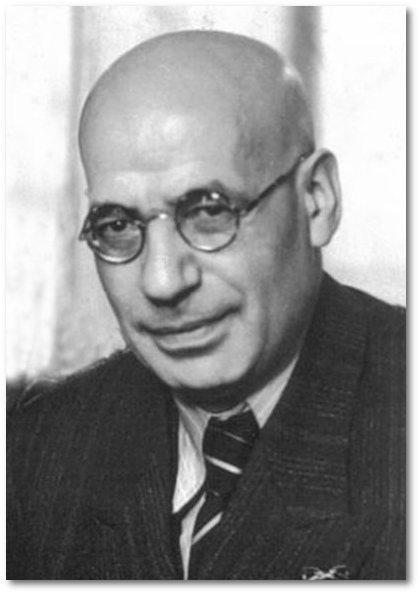
Fig.1: Dr. Hugo Alexander, Gelsenkirchen
Hugo Alexander was born in the market town of Werther, East Westphalia on October 29th, 1886. Together with his brothers Friedrich, Jakob, Alexander, and Arnold as well as his sisters Johanna and Lina he moved to the booming industrial area RUHRGEBIET, the district around the Ruhr valley. On the one hand, there were economical reasons, and on the other hand, Gelsenkirchen offered a thriving and multifacetted jewish life.
Hugo`s brothers Jakob and Friedrich found work in the retail trade of textiles in Gelsenkirchen, among other shops they owned the department store CARSCH in Bahnhofstraße. Alex and Arnold Alexander ran a shop for mens`and boys' wear in the city of Essen, 76 Limbecker Straße (the main shopping mile in that city).
Helene, Hugo`s wife, who was called „Leni“ by the members of her family and friends, had her roots in Menden. She was born there as the daughter of Benjamin and Ida Reifenberg. Hugo and Helene Alexander had two children, Fritz-Bernd , born on 22nd, September in 1928 and Charlotte-Stefanie, born on 28th, August in 1930, both in Gelsenkirchen-Buer.
|
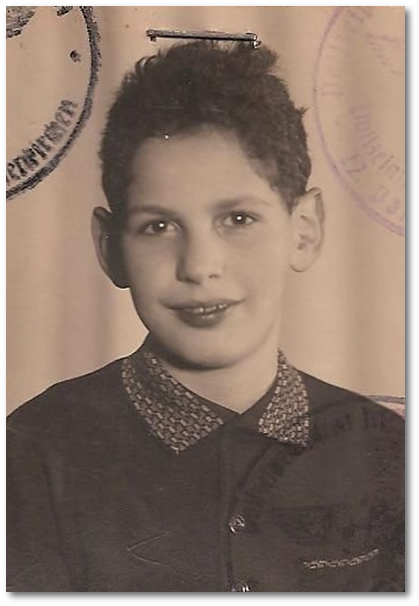
Fig.2: Fritz-Bernd Alexander, Gelsenkirchen 1939. In Germany, everybody called him Fritz. It was only during his stay in England that he changed his two first names to FRED.
On November 10th, 1938 Dr. med Hugo Alexander was arrested by GESTAPO and taken to the
police prison of Gelsenkirchen-Buer. His wife Helene stayed behind, close to a nervous breakdown in the face of all the ongoings during the progrom week and the unexpected arrest of her husband.
Fritz, the son, and his friend set off for Gelsenkirchen-Buer – he wanted to go and see his father in prison.
His friend knew Buer, and they headed for that part of the town on their roller-scates When they reached the Berger See (a lake between Gelsen- kirchen and Buer), the friend was at the end of his ropes. Fritz told him :“ You can go back – I must go on“. The police officers in charge actually allowed him to go and see his father in prison, carrying his rollerscates in his hand. In a big room there was a great number of men among whom he found his father. When eventually the visit time was over, his father said :“Take the tram back home, it is too late for rollerscates“. He told him to leave the tram at a special stop during the journey, as he found only 5 Pfennig in the pocket of his trousers.
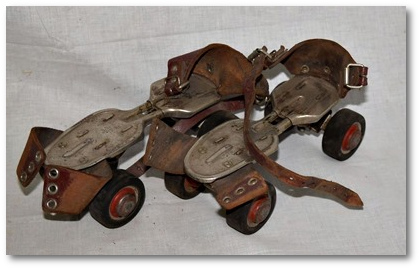
Fig.3: On such rollerscates little Fritz started from Gelsenkirchen-Altstadt (centre of Gelsenkirchen) on the fairly long way across Gelsenkirchen to see his father who was detained in the police prison of Buer (northwest of Gelsenkirchen-Altstadt).
A stranger paid for his trip back home where he found his mother sunk together at the kitchen table, at the brink of a nervous breakdown. She had been petrified that her son, too, would not come back. Hugo Alexander, however, was released from police prison by the end of December. [1]
|
Escape to Great Britain
More than 10,000 children were rescued by means of the so-called „Kindertransporte„ (children transports) to Great Britain between December 1938 and the outbreak of World War II. The majority among them were jewish kids, but quite a few also came from roman catholic and protestant families as well as undenominational families with jewish roots. 9,354 children came from Germany and Austria, nearly 700 from Czechoslovakia and more than 100 from Danzig. Another more than 100 children of German origin could leave Poland. They had been forcibly displaced, mostly together with their families, in October 1938 as victims of the so-called „Polenaktion“ across the German-Polish border to a town called Zbaszyn/Bentschen. The last official Kindertransport reached England on 2nd September, 1939. With the invasion of Poland in the early morning of 1st September, 1939 the Second World War began which simultaneously meant the end of the large-scale relief-operation which allowed all these children to flee Nazi Germany and reach England. They escaped the holocaust and survived – many of them as the only members of their families.
|
Fritz Alexander was rescued by being part of one of the so-called „Kindertransporte“ leaving from Cologne (Fritz attended the Jewish Primary School in Cologne) in May 1939. „When the train crossed the border and stopped in the Nether- lands, ladies came close the train and handed bread and fruits to us children. (…) After our arrival in Harwich, a part of our group was taken to Brighton at the Channel by train. Together with appox. 18 other refugee boys I lived there in a semi-detached house that served as a hostel.“ (as Fred Alexander recollects in October, 2019). [2]
Whereas the Alexander family had lived in the Wittekindstraße 23 around 1929, they moved to the Von-der-Recke-Straße 15 in the second half of 1930. Driven away from that address, Hugo and Helene together with their two children Fritz and Charlotte lived in a house in Bahnhofstraße 42 [3] on the effective date of the population census on 17th May, 1939 until they escaped. This is proven by the entrance in the house register:
registration Fritz Alexander on 2nd February, 1939, notice of departure to Brighton (England 13th May, 1939.
registration Hugo Alexander, spouse Helene and daughter Charlotte 2nd Februar, 1939, notice of departure to London (England) 12th August, 1939[4]
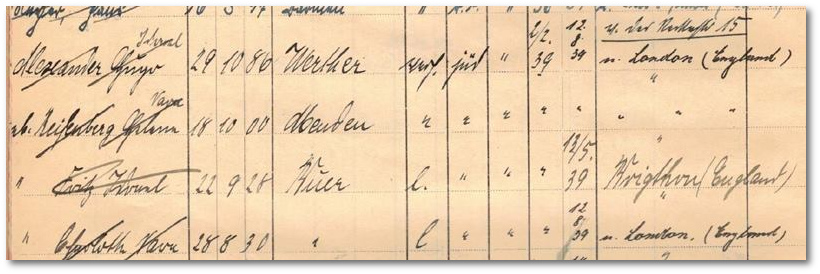
Fig. 3: Family Hugo Alexander, excerpt of the house register Bahnhofstraße 42
It can be said that the couple Hugo and Helene Alexander together with her daughter Charlotte also succeeded to flee Nazi Germany at literally the very last minute.. In England, the family reunited, and from there Hugo, his wife Helene, their son Fritz and their daughter Charlotte emigrated to the United States in March, 1940. [5] A couple of years later, Charlotte married the late Kurt Weinberg. Today, she lives in a fringe area of London. Fritz, calling himself Fred now, became an engineer after he had left school and got his university degree. He lived in New York with his late wife and their two sons.[6]
Enjoying his retirement, he worked as a free-lance „Big Apple Greeter“ for quite some time. The Big Apple Greeter in New York are a non-profit organisation, voluntary New Yorkers offer guided tours of their city for tourists. They are no professional tour guides but people like you and me who take pleasure in showing people their New York and neighbourhood. Today, the hale 92-year old does no longer take tourists around but has remained a loyal New York citizen. He still lives in this vibrant cosmopolitan city.
(Translation: Claudia Thul)
|
Sources:
Abb.1+2: Alexander Family
Abb.3: Ausschnitt Hausstandsbuch Bahnhofstraße 42
Einwohnerkartei StA Gelsenkirchen
[1] Leserbrief, von Hermann Jürgen Kerl aus Gelsenkirchen, veröffentl. in Ruhr-Nachrichten, WAZ u. Buersche Zeitung am 11.9.1998. Kopien davon schickte Herr Kerl 2006 an Fred Alexander, den er 1998 in Gelsenkirchen kennengelernt hatte und der ihm bei dieser Gelegenheit vom Besuch des Vaters im Polizeigefängnis erzählt hatte. - Hier sei Ute Dausendschön-Gay vom Arbeitskreis "Spuren jüdischen Lebens in Wert- her" gedankt, die uns Kopien, die Broschüre "Spuren" und Hinweise zur Vita von Fred Alexander gegeben hat.
[2] Spuren, Jüdisches Leben in Werther, erweiterte Neuauflage 2020, S.32
[3] Hugo Alexander, Mapping the Lives, https://www.mappingthelives.org (Abruf Juli 2020)
[4] Stadtarchiv Gelsenkirchen/ISG, Hausstandsbuch Bahnhofstraße 42
[5] Spuren
[6] Ebda.
Stumbling Stones are reminiscent of Hugo, Helene und Fritz Alexander, laid June 18, 2021
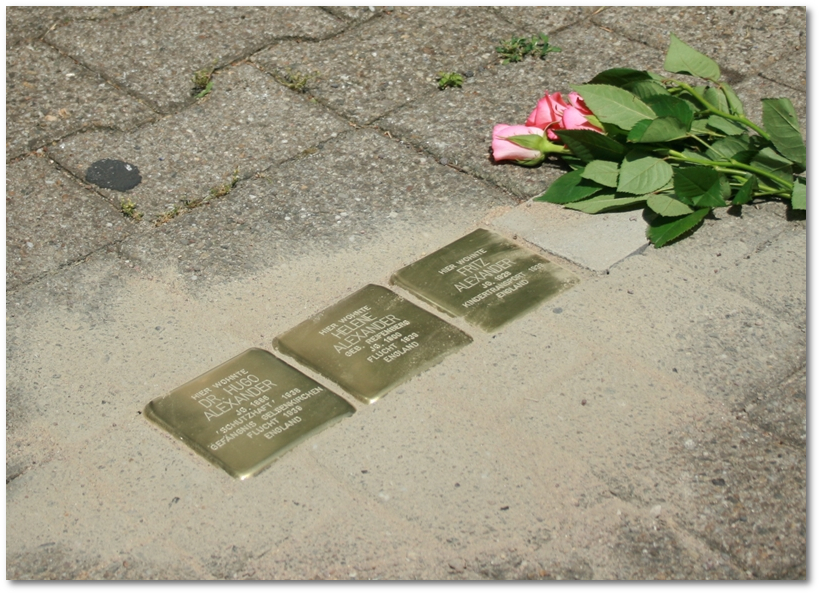
Biografische Zusammenstellung: Andreas Jordan, Projektgruppe STOLPERSTEINE Gelsenkirchen. Juli 2020
|
↑ Top
|
|